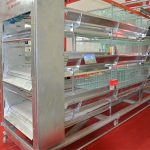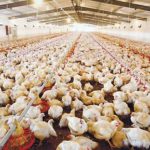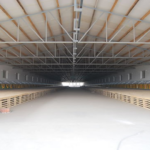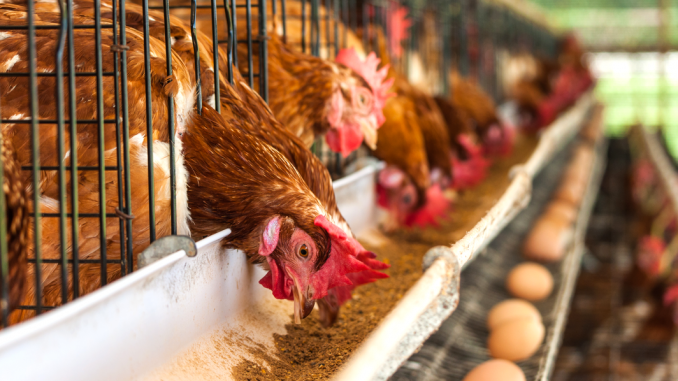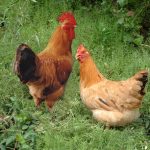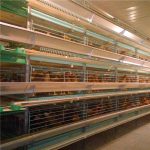Layer cages are the most commonly used equipment for raising chickens. Their structure is also of concern to farmers. Therefore,layer cage manufacturershave summarized the structure of common laying hens for reference by farmers.
The size of the laying hens cage is generally 42 cm in front height, 35 cm in height, 37 cm in cage depth, and the cage width (cage length) depends on the feeding and drinking position. Generally, the cage width is 42-45 cm, the slope of the cage bottom is about 1.0 degree, and the egg collecting trough outside the cage is 12-16 cm.
The layer chicken cage consists of the front, back, top, bottom and side nets. Place the trough and sink in the front net. In order to facilitate the feeding and drinking of chickens, a vertical wire fence with a diameter of 3 mm can be welded, the distance between the grids is about 5-6 cm, and the lower edge is 4-5 cm away from the bottom net to leave a gap for the production of eggs. The next egg rolls out in time. In order to facilitate the catching of chickens, it is generally necessary to open the cage door on the front net, and the lead wire of the cage door is thicker.
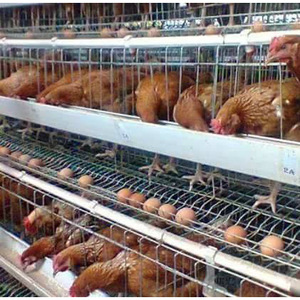
The rear net and the side net are mainly used forchicken battery cagesspacing, and are generally used together with adjacent cages. In order not to let the chicken head stick out to fight with the chicken in the adjacent cage, the mesh wire should be arranged horizontally, with a spacing of 3 cm, and a few vertical wires for reinforcement and support.
The top net is relatively simple, mainly to prevent the chickens from escaping, the wire spacing can be appropriately relaxed, and the cage door can be set on the top net.
In the layer cage, the bottom net is where the chicken stands, both to bear the weight of the chicken, to make the chicken stand stable, and to facilitate the collection of eggs and defecation. Therefore, the requirements for the cage bottom are higher. The longitudinal lead wire at the bottom of the cage should have a certain elasticity. Do not be too thick. Generally, the number 16 to 14 can be used. The longitudinal spacing is 2-3 cm, and it should be arranged on the top to facilitate the egg to roll out.
The horizontal lead wire mainly plays a supporting role, and the lead wire of No. 12 can be used, and the lateral spacing is 5-6 cm. The horizontal lead wire is arranged under the longitudinal lead wire so as not to hinder the egg from rolling out. The bottom net has a slope of about lo degrees from the back to the front, and protrudes outward from the cage, and the end is bent upward to form an egg collecting groove. The groove is 12-16 cm wide.


